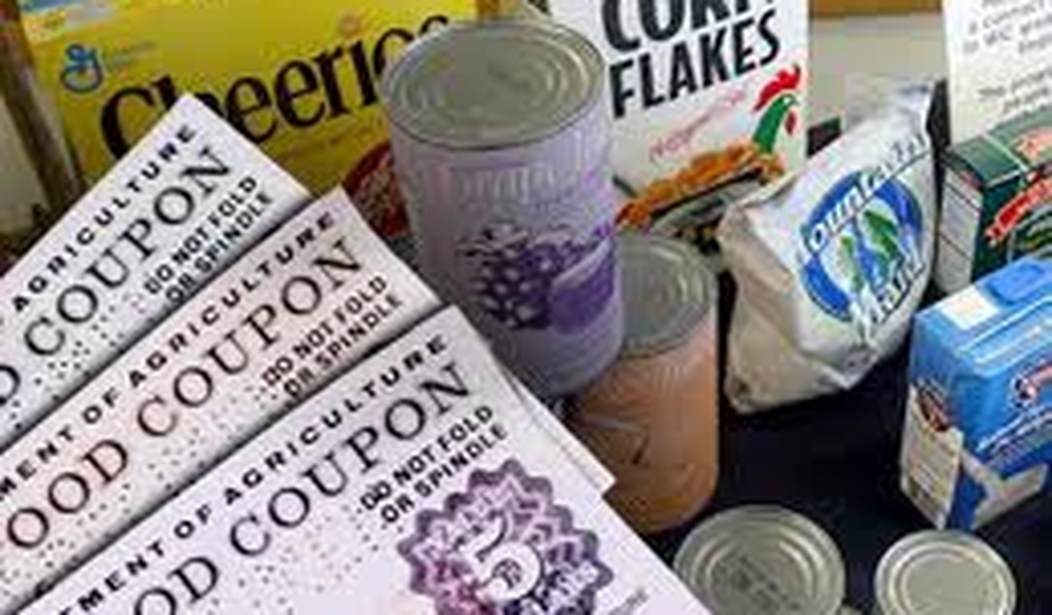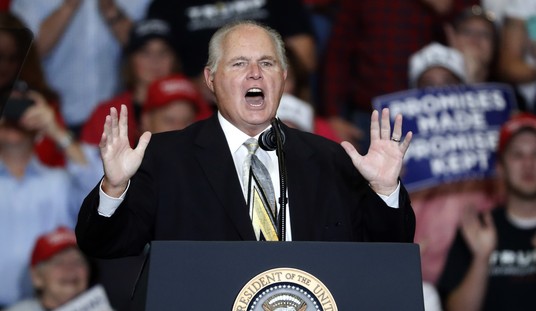WASHINGTON – House Republicans have begun the process of determining ways to make cuts in the $74 billion food stamp program, which has grown by 45 percent since President Obama assumed office.
The House Agriculture Committee, which oversees what is now called the Supplemental Nutrition Assistance Program, or SNAP, kicked off a series of hearings on the issue even though caseloads actually plummeted by 11 percent in 2014 as the nation’s economy improved.
“SNAP has grown from a relatively small pilot program to the second largest federal welfare program, quadrupling in spending since 2001,” said Rep. Mike Conaway (R-Texas), the committee chairman. “Everyone from recipients to taxpayers deserves an efficient program with a clearly defined mission.”
The program, Conaway asserted, has remained largely unchanged over the past 30 years despite “significant changes in the nation’s economy and the socioeconomic makeup of the American population,” leading to what GOP lawmakers maintain is a necessary review.
“We can all agree that no one ought to go hungry in America, and SNAP is essential in protecting the most vulnerable citizens during tough times,” Conaway said. “For many it is a vital lifeline to keeping food on the table. What we don’t want is for this program to hold people back from achieving their potential.”
There exists a role for SNAP, Conaway said, “but we need to have a complete and clear understanding of its mission and purpose.”
Rep. Collin Peterson (D-Minn.), the ranking member, expressed no objections to the SNAP review but added, “I don’t think we should do anything,” noting that the issue received a thorough discussion during the most recent negotiations over the farm bill where an agreement was reached.
Robert Greenstein, president of the Center on Budget and Policy Priorities, told the committee that SNAP has played a key role over the years in eliminating hunger and malnutrition and warned against wholesale change.
“I hope the committee will keep in mind the accomplishments the program has made and proceed with appropriate caution,” Greenstein said. “The well-being of millions of vulnerable Americans is at stake.”
Greenstein further endorsed the principle “protecting the disadvantaged and avoiding measures that would increase hunger, poverty and hardship in a nation as abundant as ours.” He told panel members that SNAP “can respond immediately to help families bridge temporary periods of unemployment or a family crisis. If a parent loses her job, SNAP can help her feed her children until she is able to improve her circumstances.”
Medical studies concluded that food stamps represent the “single largest factor responsible” for progress that has helped “lengthen and strengthen the lives of our people,” he said.
“Consistent with its original purpose, SNAP continues to provide a basic nutrition benefit to low-income families and people who are elderly or have disabilities and can’t afford an adequate diet,” Greenstein said. “Recent studies show that SNAP has a marked effect in reducing what analysts call ‘food insecurity,’ particularly among high-risk children. In addition, a recent demonstration project in which SNAP benefits were raised in summer months for families with school children who don’t receive school meals during that time found that the added SNAP benefits cut by one-third the percentage of children who skipped meals or otherwise ate less because their families lacked adequate resources.”
In many important respects, Greenstein said, the food stamp program “is stronger than at any previous point.”
“By taking advantage of modern technology and business practices, SNAP has become substantially more efficient and accurate — its error rate is at its lowest level on record — while keeping administrative costs modest,” he said. “Some 92 percent of federal SNAP expenditures go for benefits to enable households to purchase food.”
“While many low-income Americans continue to struggle, this would be a very different country without SNAP.”
A Department of Agriculture study reviewing program participation from 2008 to 2012 determined that about half of all new beneficiaries took advantage of the program for about a year and then withdrew when their economic situations improved. The Congressional Budget Office, meanwhile, predicted in January that about 46 million individuals will enroll in SNAP this year but the number likely will decline to about 33 million in 2025 – unless the nation faces yet another economic catastrophe.
Regardless, the program has experienced significant growth over the past few years, growing from 500,000 participants when food stamps were first introduced to 47 million during the peak of the recently passed recession. The cost has grown accordingly, from $21 billion in 2000 to $80 billion in 2013. The old food stamps are gone, replaced by a debit card that can only be used to purchase food as part of the federal government’s desire to provide those with low incomes a nutritional diet. The monthly benefit afforded changes from state-to-state depending on the cost of living.
Conaway noted that despite the good intentions the program has grown far afield from its original intent.
“We have seen the overall unemployment rate fall, yet the number of long-term unemployed remains high,” he said. “The lengthy recovery following the 2009 recession has brought in a new group of healthy, working-age recipients, who in the past had not used SNAP. This is a new dynamic not previously experienced following other recessions when periods of unemployment were much shorter.”









Join the conversation as a VIP Member